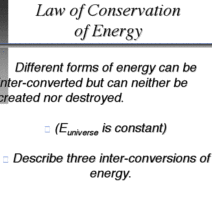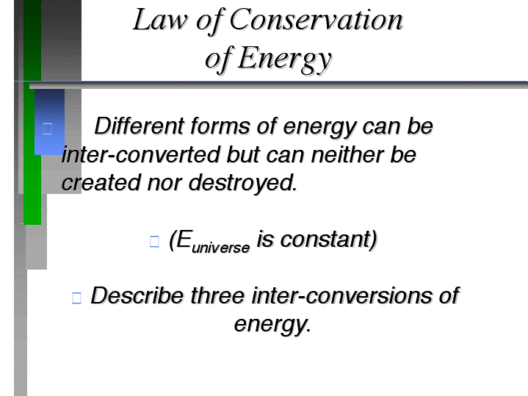In the tapestry of sustainable energy, geothermal energy weaves a rich and compelling narrative. It is the Earth’s own internal warmth, a latent force pulsing beneath our feet, waiting to be harnessed. Conserve geothermal energy—this is not merely a suggestion but a clarion call for those who understand the imperatives of climate stewardship. To achieve this, we must adopt a multifaceted approach that balances human ingenuity with geological stewardship.
Understanding geothermal energy begins with recognizing its origins. Deep within the Earth, minerals, and magma generate heat through radioactive decay and residual heat from planetary formation. This natural heat escapes to the surface in varying degrees, manifesting itself in hot springs, geysers, and the very magma that shapes our landscapes. It is a source that, when tapped wisely, can provide an abundance of energy with environmental impacts significantly lower than fossil fuels. Yet, like a rare gem in the rough, the sustainable use of this energy requires a careful hand and a considerate approach.
**1. Embrace Energy Efficiency**
Imagine a vessel that carries the warmth of the Earth’s core without spilling a drop. Energy efficiency serves this purpose in geothermal applications. Homes outfitted with geothermal heating systems often utilize advanced heat pumps that draw heat from the ground during colder months and expel it back during warmer months. These systems are akin to a well-calibrated orchestra, harmonizing the symphony of temperature regulation with minimal energy expenditure.
Moreover, efficiency extends beyond the bounds of individual homes. Communities can engage in collective efforts to insulate buildings, optimize appliances, and employ smart technology to minimize waste. By treating energy conservation as a communal ethos rather than a singular pursuit, society can amplify the effects manifold.
**2. Champion Sustainable Practices**
Within the realm of geothermal energy, the concept of sustainability transcends mere extraction. It is the stewardship of natural resources, akin to a farmer tending to his crops. Geothermal plants must be designed with care, ensuring that extraction does not exceed the natural replenishment rate of geothermal reservoirs. This thoughtful approach mirrors the age-old principle of ‘taking only what you need’—a wise mantra for resource management.
Implementing closed-loop systems, where water used in geothermal plants is reinjected into the Earth, ensures that the geothermal reservoirs remain stable and sustainable. The heat is circulated like a heartbeat, continually returning to its source and reducing the risk of depletion. This cycle heralds not just energy generation but a testament to our commitment to ecological balance.
**3. Innovative Technological Integration**
Innovation is the vanguard of effective geothermal energy conservation. As technology advances, systems become more adept at extracting and utilizing geothermal heat with minimal disruptions. Techniques such as Enhanced Geothermal Systems (EGS) allow for thermal energy to be harnessed from underground locations lacking sufficient natural permeability. This is the alchemy of converting the Earth’s latent heat into usable energy—transformative and revolutionary.
Additionally, integrating geothermal energy with other renewable sources like solar and wind creates a dynamic synergy, much like a vibrant ecosystem. This multifaceted energy approach facilitates peak demand management and enhances overall energy reliability, allowing for a continuous flow much like a multi-threaded river nourishing the land.
**4. Promote Awareness and Education**
An informed populace is the bedrock of sustainable practices. Just as seeds require fertile ground to thrive, knowledge must be sown widely to cultivate a culture of sustainability. Educational programs that elucidate the benefits of geothermal energy and the means of its conservation can inspire action. Schools, community groups, and local government initiatives can act as fertile grounds for this enlightenment.
Disseminating information about government incentives for geothermal installations can further foster adoption. A populace that grasps the dual benefits of cost savings and environmental stewardship is likely to rally forth in support of geothermal initiatives. Knowledge is not merely power; it is the tether that binds people to their environment, encouraging a collective response to climate change.
**5. Engage in Responsible Advocacy**
To make conservation of geothermal energy a reality, advocacy plays a pivotal role. Scientists, environmentalists, and concerned citizens must jointly advocate for policies and regulations that support sustainable geothermal practices. Like a lighthouse guiding ships to safety, advocacy efforts can highlight the importance of funding research into geothermal technologies and encourage governments to develop geothermal-ready infrastructures.
This is not simply a battle for energy; it is a crusade for the preservation of our planet. By engaging with policymakers, communities can forge pathways that prioritize the long-term sustainability of geothermal energy resources while mitigating climate change.
**Conclusion: A Collective Responsibility**
In conclusion, conserving geothermal energy is a matter that lies at the heart of our collective responsibility. Just as roots spread beneath the soil to nourish a tree, our efforts to utilize geothermal energy must be rooted in sustainability. It is imperative to embrace efficiency, advocate for innovative technology, educate the masses, and practice thoughtful resource management. The Earth has given us this treasure beneath our feet; now, it is our duty to treat it as a bounteous gift, respecting its abundance for generations to come.






